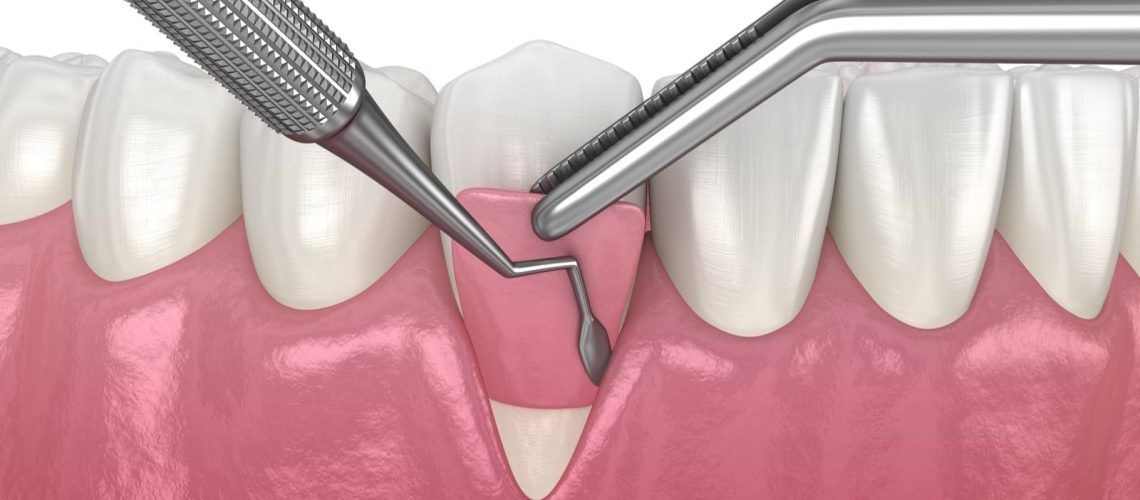When periodontal disease gets serious, one potential outcome is the receding of the gumline. This leads to the exposure of the roots, which are more sensitive to decay than the rest of your tooth. If caught early enough, it’s possible for your gums to heal on their own with deep cleaning from your dentist. Restoration of your gums is essential to protecting your roots and jawbone from decay and infection. When the gum loss becomes excessive, it may be necessary to perform a gum graft to restore your missing tissue.
What To Know About Gum Grafting
Some patients become intimidated when they’re told they need a gum graft. While gum grafts are the result of advanced periodontal disease, the procedure itself isn’t as bad as it sounds. In fact, receiving a gum graft means that your gum disease has gotten under control, and your dentist is taking the next steps to restore and protect your oral health. Some causes of gum recession include:
- Receding gums are a natural consequence of untreated advanced periodontal disease
- Wear and tear from over-brushing, and general wear-and-tear are secondary causes
- Genetics can also make you susceptible to gum recession
- Hard bristled toothbrushes can lead to receding gums
- Tongue-piercings
- Misaligned teeth
- Dental treatment-related damage
In addition to the above concerns, some patients are more susceptible to inflammation causing the receding of the gums. This is specifically true when the patient has thin or delicate gum-tissue, often as part of genetics. Gum tissue that is thinner than average is more susceptible to inflammation, wear and tear, and the various forms of damage that precede gum recession.
The Gum Graft Procedure And What To Expect
When you are discussing receiving a gum graft procedure from your dentist, the first thing you’ll learn is that there are three different types. Each type employs different methods to address concerns related to gingival recession. The three most common procedures include:
- Connective-Tissue Grafts – When the roots have been exposed, this is a common choice for the procedure. The roof of the mouth is opened and tissue removed from the area underneath. This tissue is then stitched over the area where the exposed root is located. The flap is stitched back down once the tissue is removed.
- Free Gingival Grafts – Like the above technique, this method involves the use of tissue from under the palate. This technique doesn’t go under a flap, instead just taking the tissue directly from the palate. It’s then attached to the gums that are being treated. This technique is commonly used with patients who need their gums thickened.
- Pedicle Grafts – Rather than removing tissue from the palate, this technique takes tissue for the procedure takes the necessary tissue from the gums around the target area.
Which technique your dentist decides to use is based on the treatment required, your preferences, and the method they’re the most comfortable with. These three factors come together to result in the best treatment for your needs.



